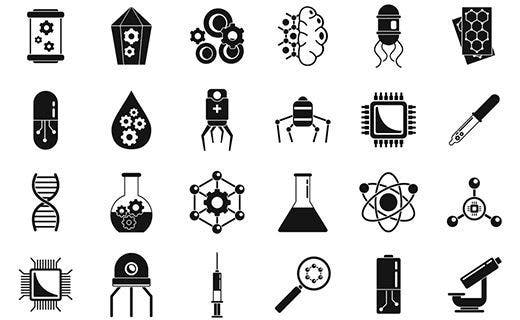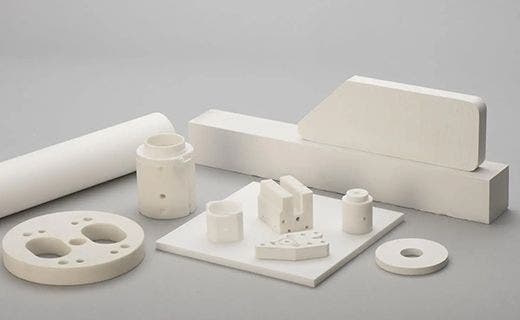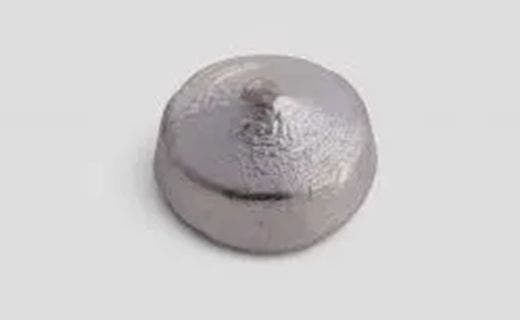In the ever-advancing world of bioelectronics and medical devices, advanced materials are vital to improving quality of life. Platinum iridium alloy is a marvellous material, with exceptional properties, making it ideal for use in electronics within the medical field. Goodfellow’s wires, including platinum iridium wires, are at the forefront of revolutionary – and often life-changing - medical technologies. From cochlear implants and pacemakers to cyclotrons for proton cancer therapy, platinum iridium wires play a vital role in the betterment of mankind.
Changing Lives – Platinum Iridium Wires Suitable for Use in Medical Devices
Platinum and iridium belong to the platinum group metals (PGMs). In nature, PGMs occur together and are produced from the same ore1. They are fantastically durable, with high resistance to wear, tarnish, chemical attack, and corrosion. They also have excellent catalytic properties2 and are biocompatible3 in specific compounds, compositions, and forms. Thanks to their desirable properties, PGMs are used in a range of applications, including catalytic converters, electronics, fuel cell technology, automotive power trains. Within medical therapies, PGMs (especially platinum iridium wires) can be found in cancer treatments, cardiac treatments, implants, dental and medical devices1,3,4. Other PGMs include palladium, rhodium, ruthenium and osmium5.
Platinum’s properties such as excellent biocompatibility, corrosive resistance, radiopacity and electroconductivity6,7 make it a highly sought-after material for bioelectronics. It is malleable and ductile, with a Vickers Hardness of 56 HV8, but its softness makes it too bendy to be inserted into nervous tissues in its pure form8,9.
Iridium also exhibits excellent biocompatibility, corrosive resistance10, and is radiopaque. However, Iridium is a very hard metal (650 HV12) which makes it difficult to work with11,12.
When combined, these materials transform into a miraculous alloy, with the chemical stability and malleability of platinum, increased hardness of iridium (with a Vickers Hardness of 500+ HV8), while maintaining the key attributes of biocompatibility – namely corrosive resistance, radiopacity and electroconductivity. This combination of attributes makes it an exceptional material for use in components for medical devices3,4, particularly in the form of a platinum iridium wire.
Improving Quality of Life - Medical Applications which Use Platinum Iridium Wires
Platinum iridium wires are already bettering lives around the globe, having been applied to medical devices such as cochlear implants, pacemakers, and cyclotrons for proton cancer therapy. Thanks to their ideal properties platinum iridium wires are an ideal choice for ongoing developments and advancements in medical research, applications, devices, and innovations.
From the Sound of Silence to the Sound of Music - Platinum Iridium Wires and Cochlear Implants
One of the key medical devices that utilises platinum iridium wires is a cochlear implant. A cochlear implant is a medical device which helps improve hearing13 and communication for a better quality of life. These devices are usually used in people with severe hearing loss or inner ear damage who are unable to be helped with hearing aids13. A cochlear implant uses a sound processor which is fitted externally behind the ear. This processor captures sound signals and sends them to a receiver located under the skin behind the ear13. The receiver then sends the sound signal to electrodes implanted in the inner ear, bypassing the damaged parts of the ear14. This signal then stimulates the auditory nerve, which directs the brain and is interpreted as sound7. Recipients of cochlear implants have reported improved ability to hear speech without visual cues, recognise common environmental sounds, the direction of sounds, the ability to listen to television, music, telephone conversations, and in noisy environments. Cochlear implants can also help with the resolution of tinnitus13,14. No longer restricted by the sound of silence, platinum iridium wires and their use in cochlear implants enables a world filled with the sound of music, changing lives for the better.

The Beating Heart of the World - Platinum Iridium Wires and Pacemakers
Another vital medical device that is supported by platinum iridium wires is a pacemaker. The human body has an inbuilt pacemaker called the sinus node, located in the upper right chamber of the heart, which sends electrical impulses to make the heart beat15. In some circumstances, such as heart blocks, heart failure, and muscle damage15, the sinus node doesn’t work properly. This creates abnormal heart rhythms – which can be dangerous. A pacemaker is a small electrical device which is implanted into the chest to treat the arrhythmias15,16 and occasionally helps the chambers of the heart beat in sync16. Essentially, a pacemaker sends an electrical impulse telling the heart to contract and produce a heartbeat15. A pacemaker is made up of the pulse generator, consisting of a battery and electronic parts, which controls the electrical signals sent to the heart, and the leads, which are flexible insulated wires which are inserted into specific heart chambers and channel the electrical signal into the muscle to correct the beat17. Newer pacemakers may not require leads and are known as leadless pacemakers17. The devices either work on an on-demand basis as needed or continuously for a fixed rate15. Pacemaker devices, including those made with platinum iridium wires, help improve quality of life by resolving symptoms such as extreme tiredness, light-headedness, and fainting17. And in more serious cases? They can be lifesaving15.
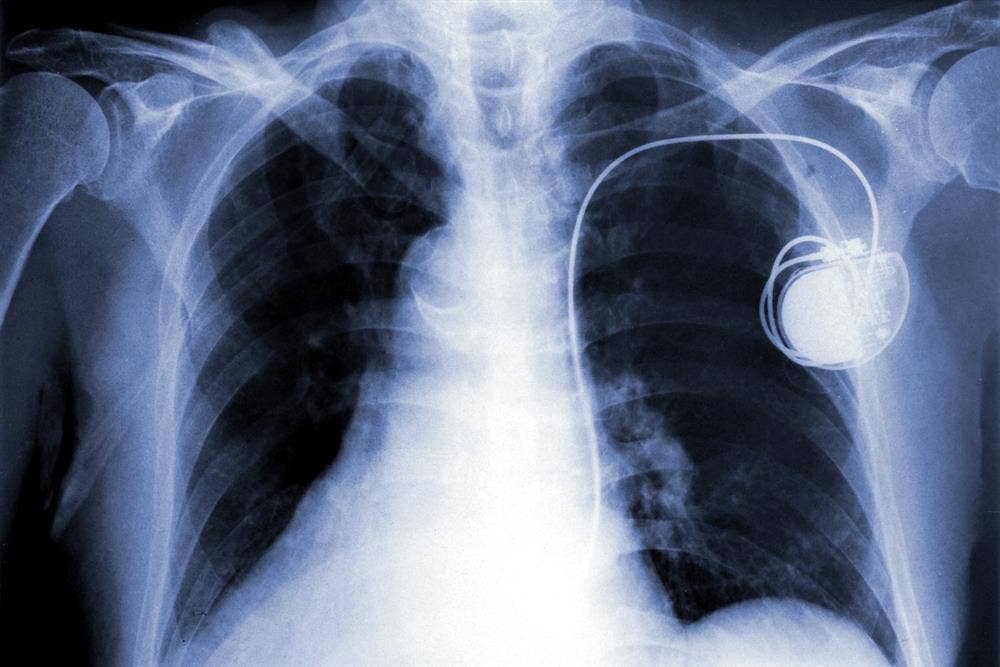
Targeting Tumours - Platinum Iridium Wires and Cyclotrons for Proton Cancer Therapy
In recent years, platinum iridium wires have been used to create cyclotrons for proton cancer therapy. Proton therapy is a type of radiation therapy that uses protons rather than x-rays18 to target and eradicate specific types of tumours. This promising type of cancer treatment is delivered painlessly and is more targeted with less damage to other healthy tissues, resulting in fewer side effects18. Positively charged particles called ‘protons’ require high speed to produce high energy. Once they reach the correct speed, they have the ability to destroy cancer cells18. Often hidden away behind treatment room walls and out of sight of patients, the proton therapy systems are large and complex19. A particle accelerator is at the core of the system - one type of which is a cyclotron19. Hydrogen gas is used to provide a source of positively charged protons. The cyclotron uses magnets to bend these protons on a circular path and radio waves to provide energy to speed up the protons to two-thirds the speed of light19. At this velocity, protons can penetrate up to 13 inches into the body, reaching tumours that are deep into the body. Some tumours are not that deep, and the proton energy can be varied to provide beam penetration from 2 – 13 inches19. A cyclotron produces a single maximum energy, so the proton beam needs to be passed through a degrader and energy selector – another system of magnets, to regulate the appropriate energy required for each patient’s specific radiation requirement19. Platinum iridium wires are used in certain cyclotrons, enabling this promising cancer treatment and changing lives around the world for the better.
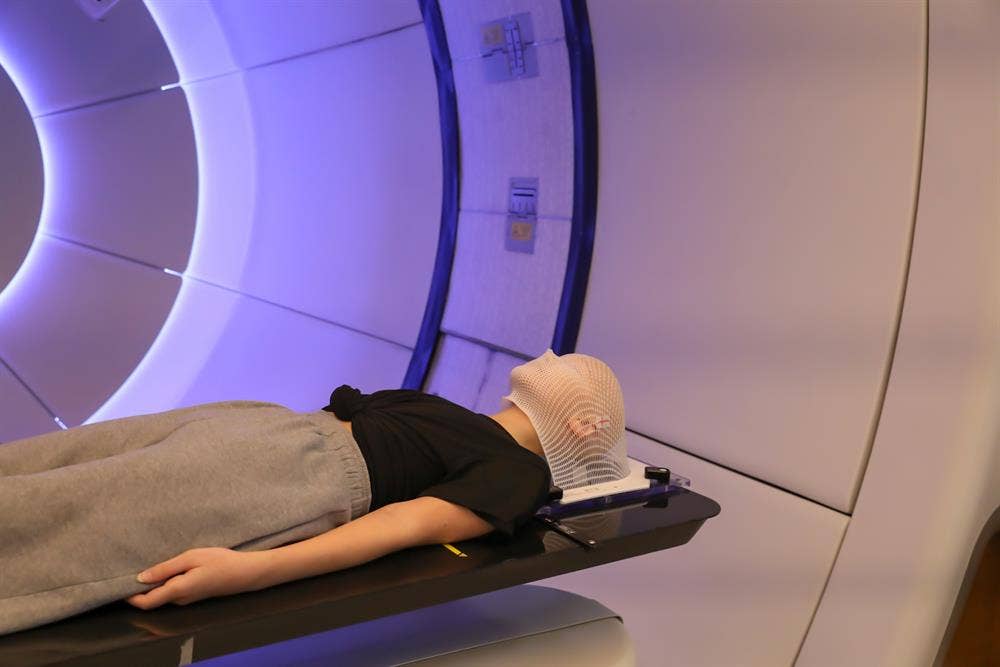
Changing Lives for the Better – Platinum Iridium Wires from Goodfellow
As a leading global supplier of advanced materials, we provide high quality advanced materials and expert technical advice to support current bioelectrical and medical device industry requirements. Additionally, we continue to deliver an innovative materials selection to support technological advancements in this sector. Specifically, Goodfellow’s range of platinum iridium wires are being used in medical applications across the industry to help change lives on a global scale.
Need Platinum Iridium Wires for your Innovations?
With over seventy years’ experience in the supply of high-performance advanced materials, we’re perfectly placed to support your platinum iridium wire requirements. Submit a request form below, email info@goodfellow.com, or call 0808 503 7867 to speak to our materials experts.
References:
- https://ipa-news.de/index/platinum-group-metals/
- https://www.sciencedirect.com/topics/engineering/platinum-group-metal
- https://ipa-news.de/index/pgm-applications/medical/#:~:text=Medical%20advances%20that%20were%20once,neuromodulation%20devices%20and%20implantable%20defibrillators
- https://www.sciencedirect.com/science/article/abs/pii/B9780857094346500068
- https://www.britannica.com/science/platinum-group/The-metals-and-their-alloys
- https://www.researchgate.net/publication/233600454_A_Healthy_Future_Platinum_in_Medical_Applications
- https://www.mddionline.com/ivd/sustainable-importance-platinum-biomedical-applications
- https://www.ebi.ac.uk/chebi/searchId.do?chebiId=142649
- https://www.britannica.com/science/platinum
- https://ipa-news.de/index/platinum-group-metals/the-six-metals/iridium.html
- https://www.britannica.com/science/iridium
- https://www.azom.com/article.aspx?ArticleID=9092
- https://www.mayoclinic.org/tests-procedures/cochlear-implants/about/pac-20385021
- https://www.nidcd.nih.gov/health/cochlear-implants
- https://www.bhf.org.uk/informationsupport/treatments/pacemakers
- https://www.nhlbi.nih.gov/health/pacemakers#:~:text=Pacemakers%20send%20electrical%20pulses%20to,if%20you%20have%20heart%20failure
- https://www.mayoclinic.org/tests-procedures/pacemaker/about/pac-20384689
- https://www.cancer.net/navigating-cancer-care/how-cancer-treated/radiation-therapy/proton-therapy#:~:text=A%20machine%20called%20a%20synchrotron,radiation%20dose%20in%20the%20tumor
- https://www.oncolink.org/cancer-treatment/radiation/types-of-radiation-therapy/proton-therapy/overviews-of-proton-therapy/proton-therapy-behind-the-scenes




